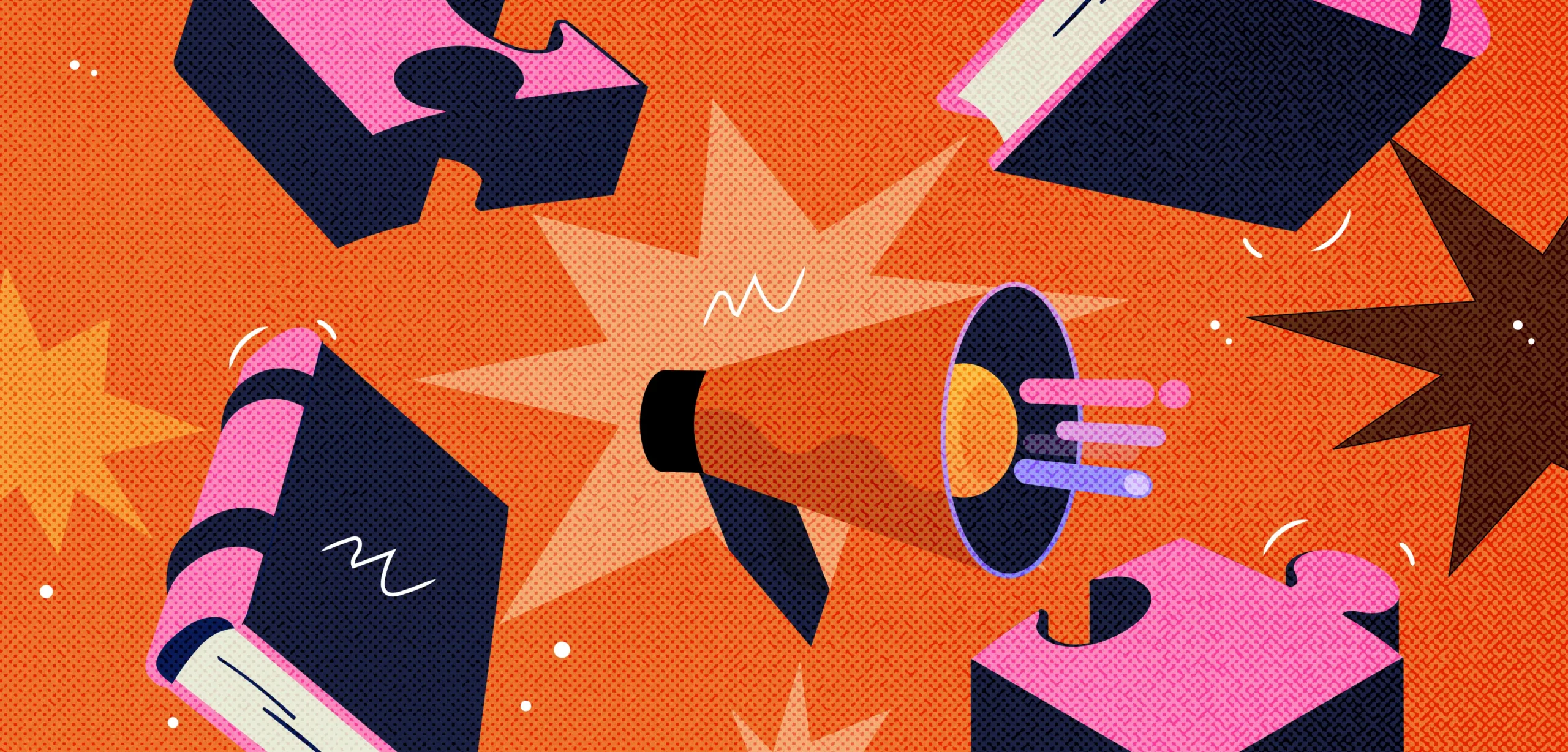‘The Design of Everyday Things’ (TDOET) should not be one of the first books aspiring designers read.

TDOET is a top pick for many when they want to gift amateur designers something ‘worthwhile.’ The book has a cult-like fan following bigger than the author himself, marking its legendary status. Many people don’t realize that it can be difficult for designers who need essential understanding and direction.
An upcoming designer requires a stronghold of basic concepts and know-how. Someone new to the way of things in this ever-changing design industry needs more guidance than one might guess. TDOET fails to provide it for them, completely. The language is filled with jargon and complexity, making it suitable for experts rather than a general audience.
That’s not to say TDOET is not a valuable read. It absolutely is but only after you have got your foundations right.
On that note, here are the books you should avoid in your foundational years as a designer.
1. The Design of Everyday Things:

Norman presents insightful concepts about the importance of user-centred design and the negative impact of poor design on usability. The excessive use of technical jargon can alienate a wide audience. Moreover, the examples in the book often use outdated technologies and products, which may not resonate with modern-day designers.
Though the underlying principles of good design are relevant, it is a hefty read without contemporary examples. Especially for novices.
Don Norman’s writing stalls. It takes too much time to work up a single point. Time that we could save by getting to the point faster. Was the writing in this book trying to reach an unspoken word count? We’ll never know. But his heart and vision with the book had been undoubtedly in the right place.
“We must completely rethink and redo how we decide to live, what we reward, and what activities we stop,” He writes.
If you are looking to get started quickly, then you might as well do better holding off on Norman’s TDOET for a little while.
2. Don’t Make Me Think:

The book was originally meant for website designers in the late 1990s – early 2000s. An advanced designer could extract high-level knowledge from the book with ease, and apply the learnings to their specialised area of design.
But expecting newbies to punch above their weight is a little too much.
The highlight of Don’t Make Me Think is that design should make everything easy, evident and readily accessible. In the real world, there are countless instances where experience design knowingly offers a slightly complex perspective to its users. Such a design demands users to put in some effort of their own to understand a process.
Unlike the core intent of the book, this approach aims to empower users. As they invest time and energy to make better sense of a particular product, they transform into power users.
3. Hooked:

Hooked acts like a crash course on dark patterns and tactics that grab (hook) users’ attention. But it fails to provide a deeper understanding of why something works.
The book, on both conscious and subconscious levels, trains newbies to initiate such games with their end-users and customers. And it doesn’t consider how these design methods could potentially backfire. Thus, Hooked neglects the second-order effect.
The Second-Order Effect is the idea that every action has a consequence and that each consequence leads to another consequence.
This book might mislead newbie designers to become irresponsible or worse, ignorant of the long-term impact their products may have on users.
Now, as for the books you should immediately pick up and read…
1. Alchemy: The Surprising Power of Ideas That Don’t Make Sense

Sutherland’s wit and storytelling make “Alchemy” an engaging and enlightening read.
The book offers practical insights into the power of reframing problems and embracing the irrational aspects of human psychology. His ideas challenge conventional thinking and inspire readers to view the world through a unique lens of ‘psycho-logic.’
‘Psycho-logic’, in Sutherland’s words, ‘diverges dramatically from the kind of logic you’ll have been taught in high school maths lessons or in Economics 101.’
Rationality or common sense is too mainstream. People rely on facts and data too much for their own good. This has set modern decision-making back by ages. The author promptly illustrates his stance on logic, biases and evolved rationality by exploring countless boardroom stories, marketing campaigns, product, and policy failures.
His stance?
Recognizing that the true ‘why’ may vary from the official ‘why’ behind most things, and understanding that our evolved rationality dramatically differs from the economic concept of rationality.
It’s a pivotal read for all tastemakers, designers included, looking to change the world by impacting human behaviour. Alchemy holds the power to unlock a fresh outlook on all aspects of life for us. This outlook can effectively turn us into better thinkers and as a result, better designers.
2. Where Good Ideas Come From

Where Good Ideas Come From by Steven Johnson is an essential crash course that explores seven essential concepts for people who are curious to know more about the world. These concepts emphasize the importance of leveraging existing components, promoting collaboration and information flow, accepting errors, and creating open platforms that foster innovation.
In a society where it’s extremely easy to limit your imagination in fear of judgment or failure, the book offers a powerful mantra: making mistakes is part of progress. It is only through trial and error that individuals can tap into their dormant instincts and apply themselves more freely to any frustrating problem.
The most remarkable part of the book is its unique Appendix. Here you’ll find several major innovations spanning from 1400-2000 AD in chronological order. It features numerous groundbreaking ideas that were discovered independently by different innovators. Additionally, it highlights that many of these innovations were built on years of research for them to make something truly life-changing.
At the very end of the book, Johnson pours out a few words of advice:
“Go for a walk; cultivate hunches; write everything down, but keep your folders messy; embrace serendipity; make generative mistakes; take on multiple hobbies; frequent coffeehouses and other liquid networks; follow the links; let others build on your ideas; borrow, recycle, reinvent.”
3. Misbehaving

Here’s the definition of economics in less than 5 words:
Optimization + Equilibrium = Economics.
*Optimization refers to the choices individuals, firms, or societies make in order to maximize their objectives or achieve the best possible outcome.
*Equilibrium is a state of stability or balance within an economic system. It is reached when supply and demand forces reach a point where they are in balance and there is no inherent tendency for change.
Most economic theories are built on this flawed model of definition, according to economist Richard H. Thaler. It fails to consider the most common determinant of the economy in a country: human behaviour.
Thaler figured he should write a whole book on this. He named it Misbehaving: The Making of Behavioral Economics.
Misbehaving refers to how people depart from fictional beings that populate economic models in various ways. Thaler calls these beings “Homo Economicus” or Econ, for short. His research showed that real human beings, on whom the Econs are based, usually did not behave optimally. People are not always in a position to act rationally and make the best utilitarian decisions for themselves. Their choices can often be biased, self-reinforcing mistakes.
Citing numerous such examples, the book explains that psychology can help economists understand economic decisions better. It was Thaler who coined the term, “Behavioural Economics’, and since then, it has been a new field of study for upcoming grads.
“When all economists are equally open-minded and are willing to incorporate important variables in their work, even if the rational model says those variables are supposedly irrelevant, the field of behavioural economics will disappear. All economics will be as behavioural as it needs to be.”
It’s no wonder why Misbehaving made this list. If you’re someone new to working with people, this book has some solid advice in store for you.
There are Humans, look around.
…
Reading books can be a great source of knowledge, but not all books are the same. As rookie designers, you ought to be on the lookout for resources that can help us improve and learn new skills. You need to develop a foundation for seeing the world and its problems for what they are. Some books might initially seem out of our league or not relevant to our beginner interests, while others can be truly transformative. There you have it, our best recommendations. Make of that what you will 🤷





